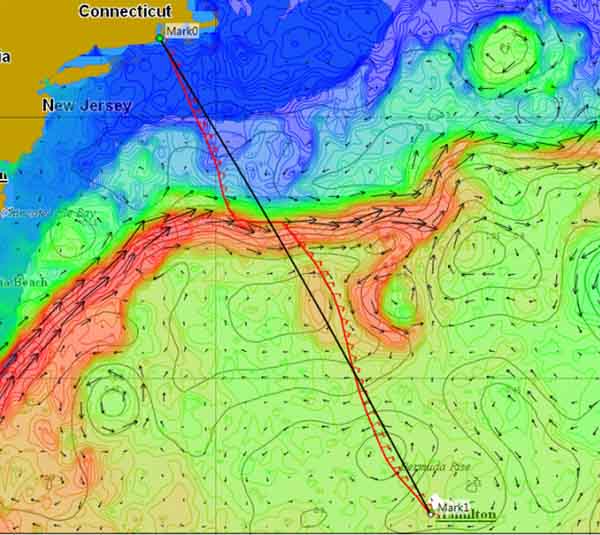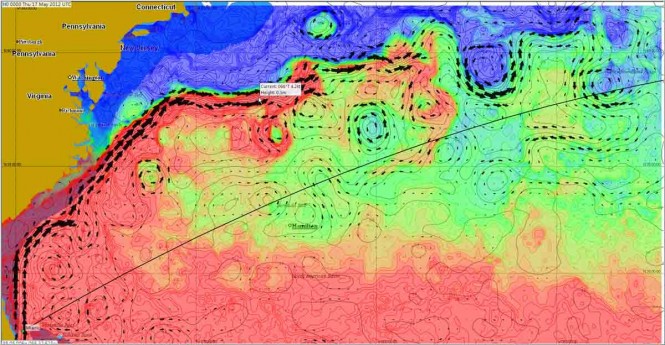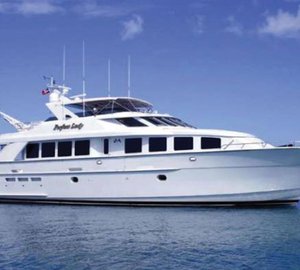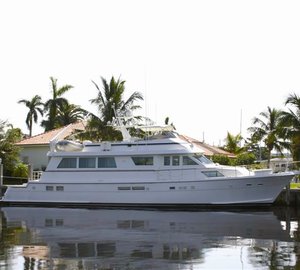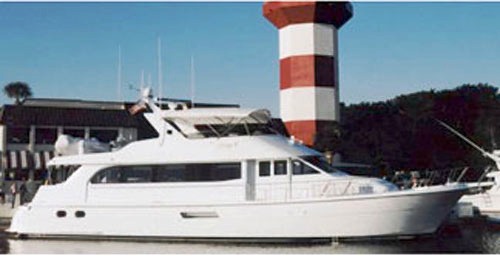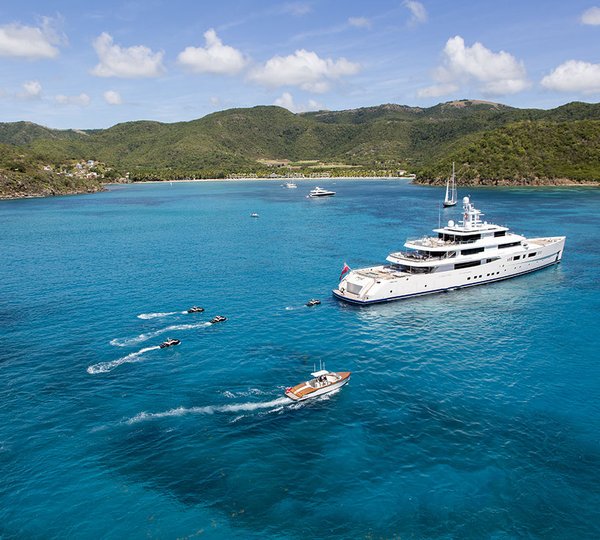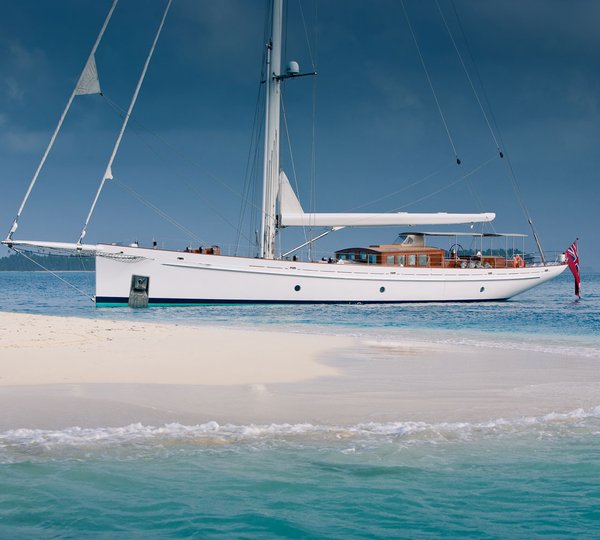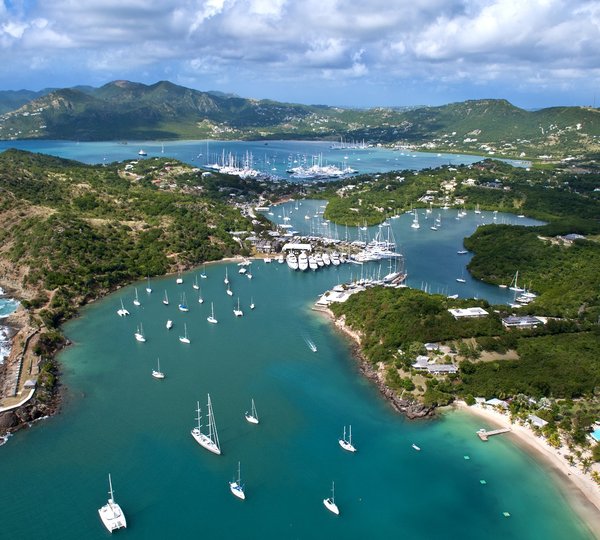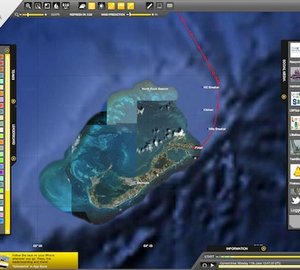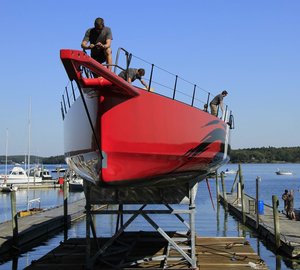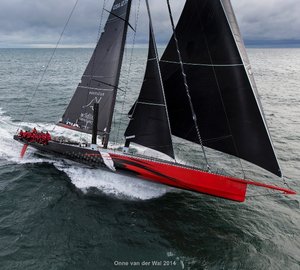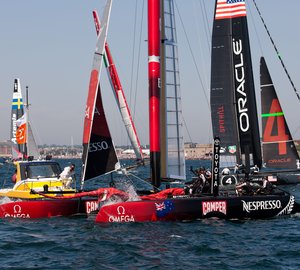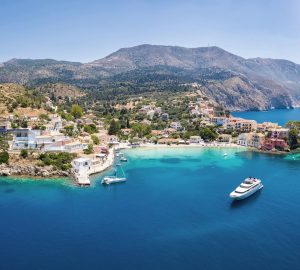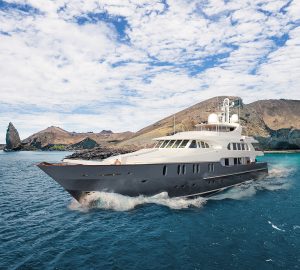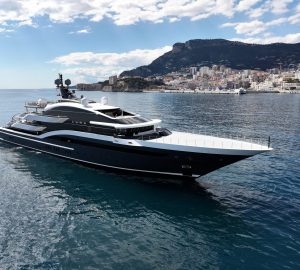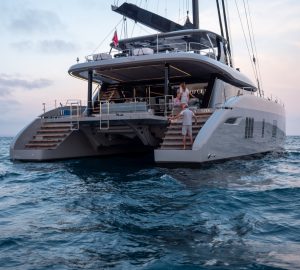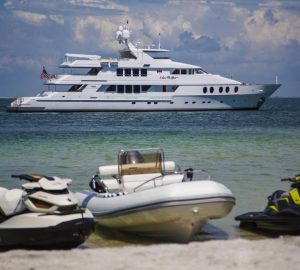Developed by applied oceanography specialist Tidetech, the new set of regional oceanographic data has been created ahead of the Newport to Bermuda race, comprising a high-resolution tidal model for Narragansett Bay, Rhode Island, as well as high-quality ocean current data for the Gulf Stream.
Tidetech has gained access to state-of-the-art data – including ocean currents, tidal currents and wind/atmospheric pressure forecasts – from various sources including the North Eastern Regional Association of Coastal and Ocean Observing Systems (NERACOOS). Tidetech’s in-house scientific and technical team is now applying its unique blend of expertise and capability to perform the complex task of converting the raw data into GRIB files.
Tidetech managing director Penny Haire said this would be the most comprehensive oceanographic data ever produced for the Newport to Bermuda race.
“This race is an important one… many of the teams competing are well versed in modern tactical navigation software and information including oceanographic data,” Ms Haire said.
“We’ve been working on the Newport to Bermuda race products for a while… the product elements that feed the models have been carefully selected for quality and performance – validated by our world-leading oceanographic data specialists through comparison with satellite altimetry data, sea surface temperatures and observations.
“The important point is that the data is delivered as GRIB files which is crucial for competitors using tactical routing software – an invaluable decision-making tool for those serious about offshore or ocean racing.”
The Gulf Stream is likely to be influential in race tactics for the Newport to Bermuda race. According to Ms Haire, this region is the hardest sector of the Gulf Stream to get right tactically and Tidetech had to look at all credible sources of information for best accuracy.
“Complicating the tactical decisions for the Newport to Bermuda race is the extreme volatility of the Gulf Stream as it leaves Cape Hatteras,” Ms Haire said.
“Large eddies form unpredictably – much like you’d see in a river – breaking off each edge… getting it wrong could mean facing short-term adverse current, while a competitor sees positive current, resulting in a compound velocity differential. This was clearly seen in leg seven of the Volvo Ocean Race.”
The meandering of the Gulf Stream intensifies east of Cape Hatteras reaching its peak around 65 degrees west. Meanders often pinch-off from the current to form rings and eddies. Observations have shown that, on average, the current sheds 22 warm-core rings and 35 cold-core rings per year.
Tidetech will provide two online pre-recorded briefings for the Newport to Bermuda race – a short briefing of emerging trends one week before the race and a full detailed briefing the day before the start.
Tidetech’s new data package for this race is a precursor to a broader product expansion for the northeast US region. Over the next two months high-resolution tidal models will be developed from Long Island Sound to the Bay of Fundy. Model areas will include Long Island Sound, Block Island Sound, Massachusetts Bay, Nantucket Sound, Martha’s Vineyard, Portland and the Bay of Fundy.
Tidetech is a technical supplier to the 34th Americas Cup and the 2011-12 Volvo Ocean Race.

